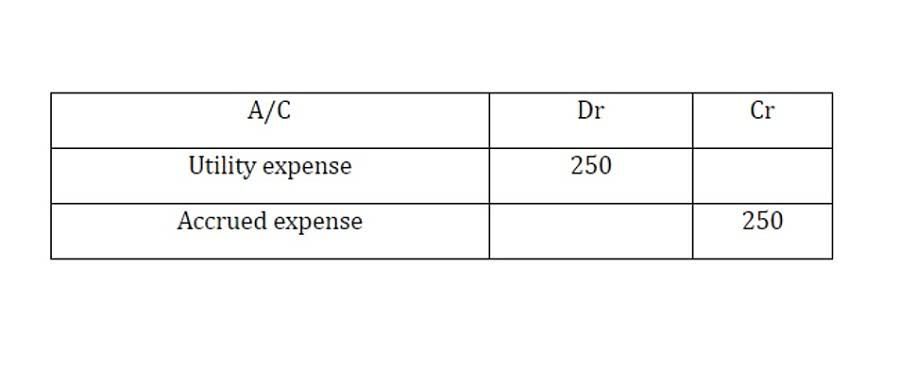Accounting for Churches: A Guide to Financial Stewardship

Financial statements are the language used to tell the story of your church’s financial health. Understanding these reports is vital for clear communication with both leadership and members. By establishing a well-defined chart of accounts, creating a realistic budget and implementing internal controls, you’re laying the groundwork for strong financial stewardship in your church.
Can a charity give official donation receipts for service gifts?
- Set up proper fund accounting processes and policies to ensure you abide by donation guidelines and preserve financial transparency and goodwill with donors.
- Churches must meticulously document all transactions related to each fund, ensuring that every dollar is accounted for and used appropriately.
- Diversifying your revenue streams is an effective way to bring in more money for the church.
- Businesses typically generate revenue from sales of goods or services, investments, or loans.
- If you’ve been doing accounting for churches awhile, you may be familiar with the term “chart of accounts”.
However, there are exceptions to this rule, as well as special forms your church may have to complete depending on its income or the state it operates in. Stay up to date on the IRS’s guidelines for church financial reporting to ensure compliance each year. But this year, StartCHURCH is introducing enhanced accounting services that meet today’s most rigorous standards, ensuring your church’s financial records reflect both accuracy and compliance. By following these church accounting guidelines and best practices, you can accurately and properly track income and expenses for your church and avoid losing your tax-exempt status. Regular audits and reconciliations are also critical components of internal controls. Monthly bank reconciliations help ensure that recorded transactions match the actual bank statements, identifying any discrepancies that need to be addressed.
Budgeting and Financial Planning
Prepare contribution statements (AKA Giving Statements) for tax season, but also balance sheets and income statements for regular member financial meetings. Payroll tracking helps your church comply with legal and regulatory requirements related to payroll administration. This includes accurately calculating and withholding payroll taxes, and contributing to employee benefits. By following these steps, you can create a solid operating budget that supports your church’s mission and ensures financial health. Regularly review your budget Law Firm Accounts Receivable Management to track actual income and expenses against your projections.
- The Statement of Functional Expenses goes beyond a simple expense report.
- The General Ledger is the central repository for all financial transactions.
- Embrace effortless financial management with a user-friendly interface, specialized features, and dedicated customer support.
- The audit report will highlight any areas of concern and provide recommendations for improvement.
- This ensures that all the money brought in is being used for the intended purpose.
- It is the spot where tax requirements, legal regulations, and financial consistency overlap — and it requires a steady and knowledgeable hand at the tiller.
Maintain audit readiness within your church finances
- Churches use fund accounting, which simply means tracking tithing (donations) and expenses by specific funds (e.g., missions, building fund, youth ministry).
- Learn more about our integrations (you can connect with 2000+ applications and more!).
- Whatever your church is trying to accomplish as a ministry, the fund accounting method works to reinforce those goals.
- While your church may not be required to file a 990 with the IRS, properly tracking and reporting your income can help you build trust with your congregants and the rest of your community.
- This is a set of universal accounting rules created by the Financial Accounting Standards Board (FASB).
The best accounting method for your church depends on its size, complexity and financial goals. Consulting with an accountant can help you determine the most suitable approach for your ministry’s needs. A fund is a balance of money that’s designated for a specific ministry purpose.

Optimizing Direct Mail Fundraising for Charities

It’s about ensuring the wise use of resources entrusted to you by your congregation. Regularly review and adjust the budget as needed to ensure effective stewardship of resources. QuickBooks By comparing actual expenses against budgeted amounts, churches can identify areas of overspending and underspending and make adjustments as needed.
This method provides a more accurate financial overview but is complex to maintain. These represent the resources owned or controlled by the organization, such as cash, accounts receivable, inventory, investments, property, and equipment. The Statement of Financial Position lists the organization’s assets in order of liquidity, with the most liquid assets appearing first. By mastering these financial reports, you gain the power to make informed decisions about your ministry’s future, fostering transparency and trust within your congregation. First, consider past income and expenses, tithing trends and ministry goals.

These reports should be prepared regularly and reviewed by church leadership and finance committees. Churches must meticulously document all transactions related to each fund, ensuring that every dollar is accounted for and accounting for churches used appropriately. This involves maintaining detailed records of donations, expenditures, and transfers between funds.

You can do this by comparing donor activity to your financial documents.



